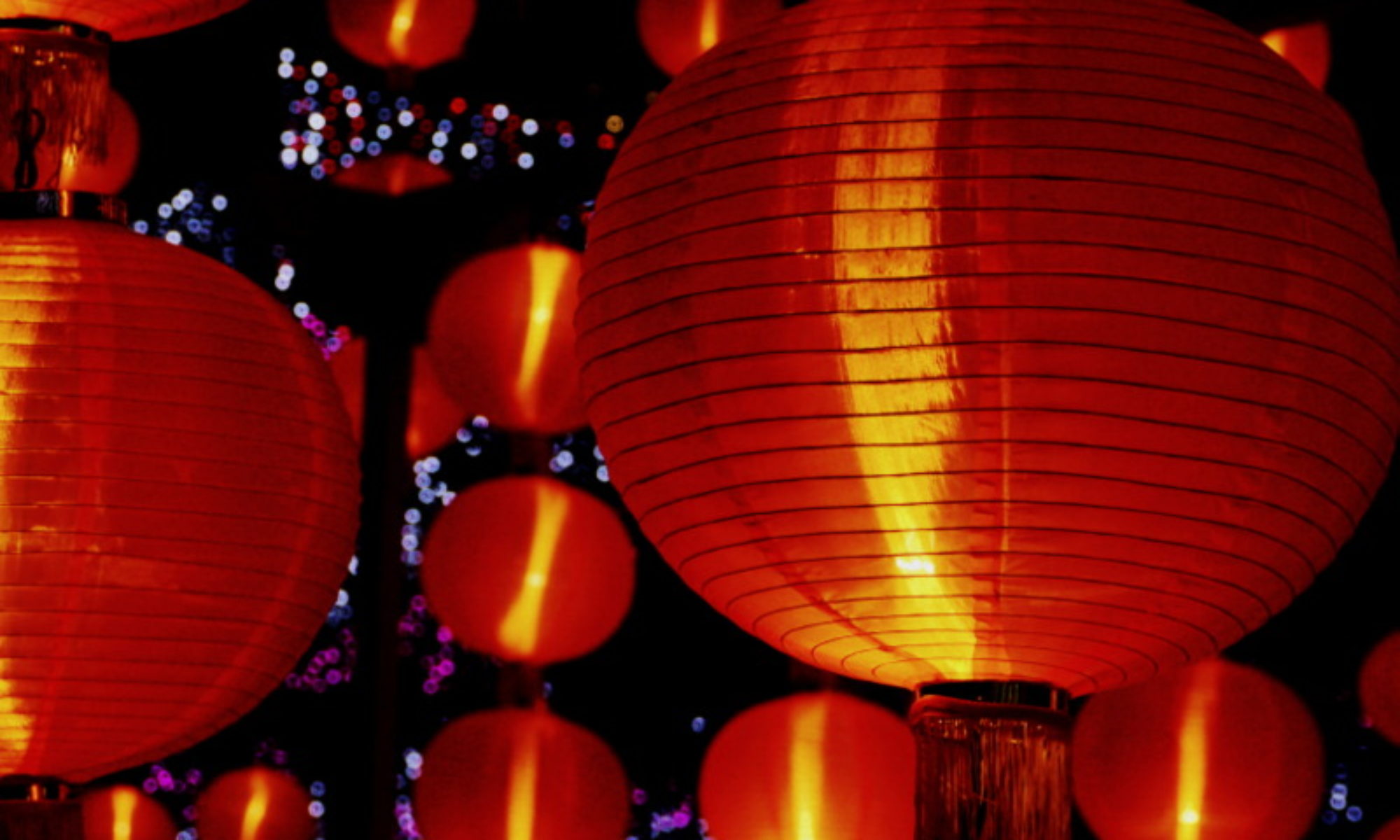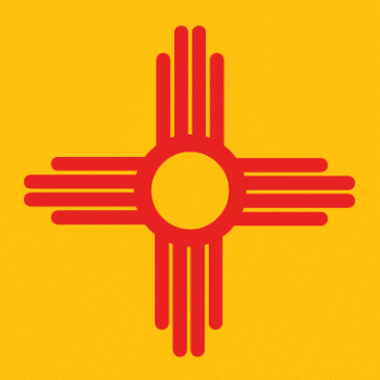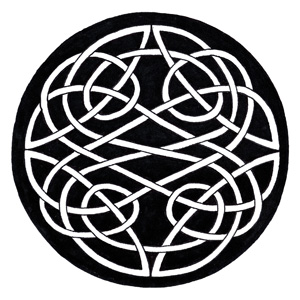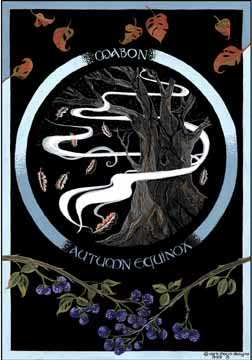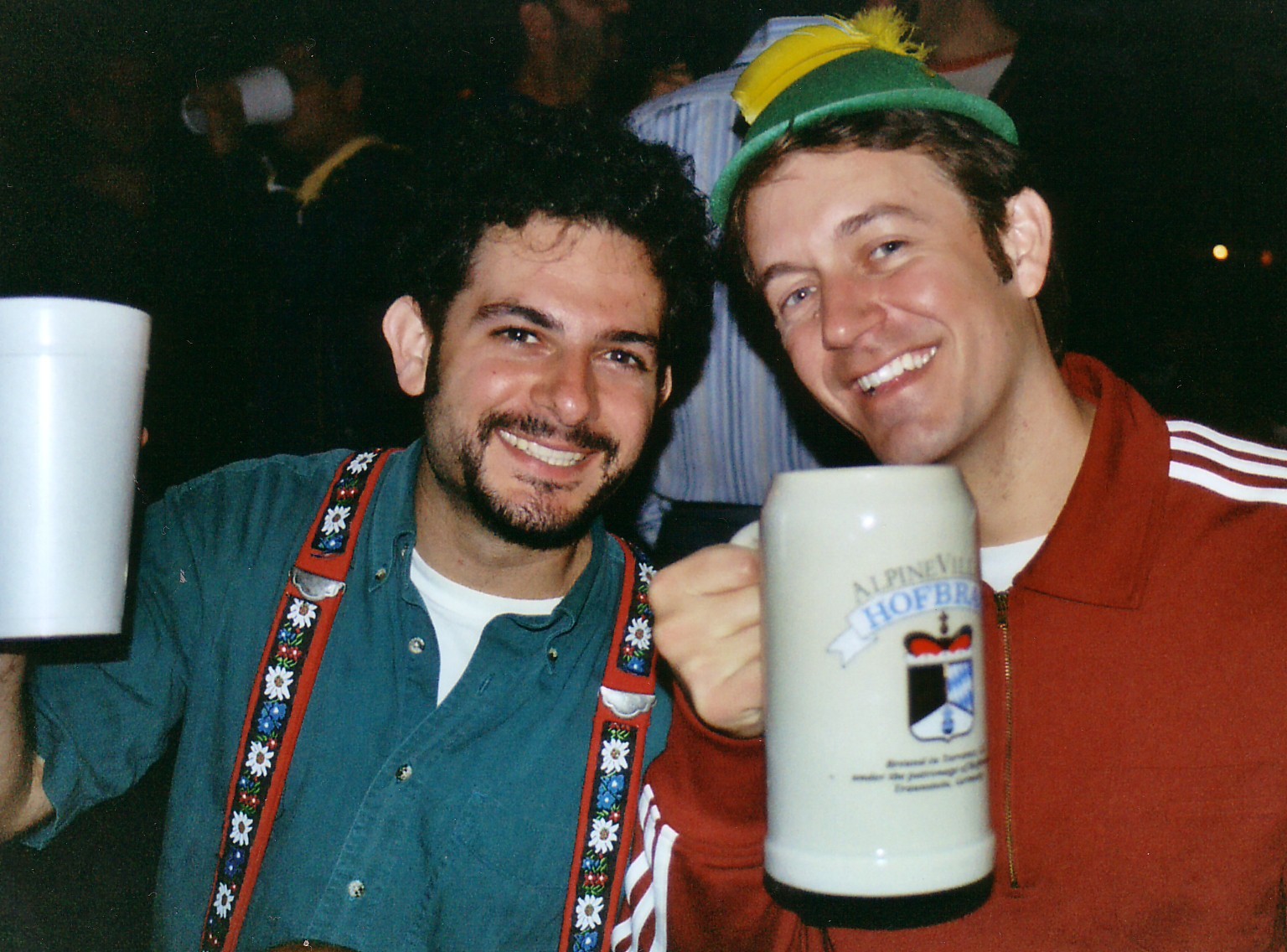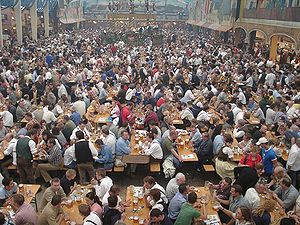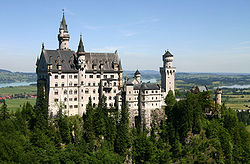September 24

We have 11 different official languages but only one word for the wonderful institution of braai. It’s braai in Xhosa, it’s braai in English, it’s braai Afrikaans…All it calls for is come with your friends and family, have a little fire, and braai…That should make you proudly South African.
Nobel Peace Prize laureate Archbishop Desmond Tutu
The 24th of September was once known as Shaka Day, in honor of the Zulu king, but these days it’s celebrated throughout South Africa on as Heritage Day, or Braai Day. Today the “Rainbow Nation’s” near 50 million people come together to partake in the country’s national past time.
http://www.youtube.com/watch?v=2q9MxdAS1YE
According to braai4heritage.co.za
“Cooking food on an open fire is an international phenomenon, but to braai is a truly unique South African past time that penetrates racial, cultural, religious and social boundaries.”
Heritage Day–or Braai Day as it’s been called the last few years–is one of several holidays that came into being with the fall of the Apartheid government in the 1990s. These new holidays sought to remember dates that resonate with all South Africans.
Braai Day Video – 2009
Other national holidays include:
March 21: Human Rights Day
In memory of the sacrifice of 69 protesters killed by police on this day in 1960. The demonstrators were protesting the infamous pass laws. In the wake of the Sharpeville Massacre, the government outlawed black political organizations.
April 27: Freedom Day
The anniversary of the first truly free election in South Africa in 1994.
Dedicated to those his lost their lives in the protests and riots of 1976, fighting for equal education.
August 9: National Women’s Day
When 20,000 women marched to Pretoria’s government buildings in 1956 to protest the pass laws.
Women’s ‘Repeal the Pass Laws’ flyer
December 16: Day of Reconciliation
Both the anniversary of the beginning of the armed anti-Apartheid movement in 1961 and of the defeat of the Zulu army at Battle of Blood River in 1838. That South Africans have their different reasons for remembering the date underscores its true purpose: to come to terms with the country’s often brutal past of racism, violence, and injustice.
